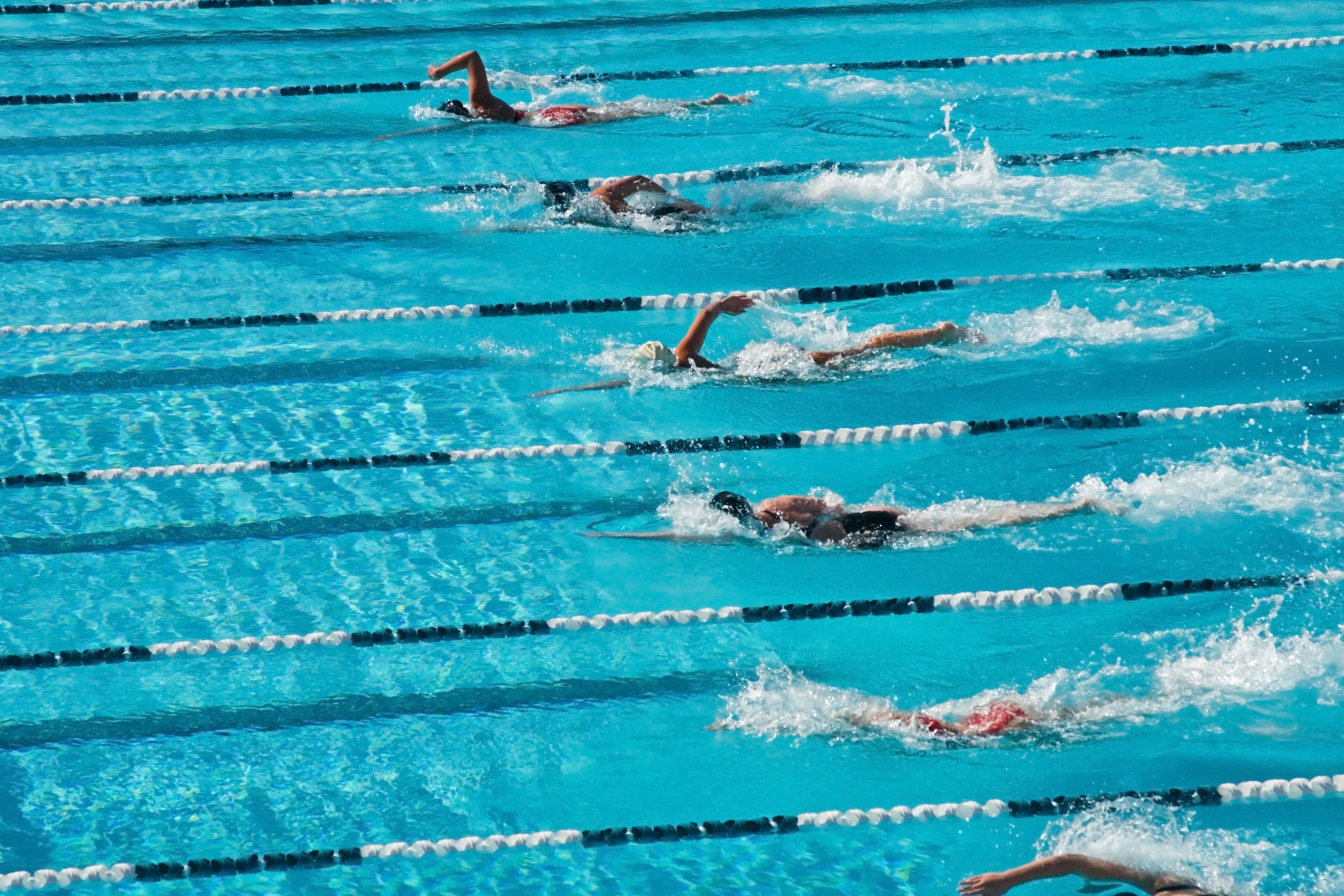Distance per stroke: Get faster in the pool this fall with arm speed and DPS drills
Increasing your DPS should be a goal for most triathletes.

Increasing your distance per stroke (DPS) should be a goal for most triathletes who want to be faster swimmers. “I need to go faster” is just another way of saying “I need to increase my speed.” Fortunately speed is a simple equation:
speed = distance/time
Unfortunately, a lot of triathletes only focus on increasing the ‘distance’ part of the equation and forget about the ‘time’ part.
The key to increasing your speed by improving your distance per stroke is to ensure that you cover more distance in the same amount of time. It is of little use to cover more distance per stroke but to take more time in doing so. This is one of the reasons I don’t recommend drills like “2 second glide.” I have found that these types of drills train the wrong rhythm and neuro-muscular patterning. The simple “2 second glide” type of drill allows you to finish your stroke and then glide, which doesn’t make you faster or more efficient. You need to find more distance within the timing of your stroke.
The following drills can help you to get more distance per stroke without reducing your arm speed. They will teach you to apply the appropriate power during last two thirds of your underwater stroke.
DPS Drill #1: Isolated Stroke Finish
This drill is an effective twist on ‘doggy paddle.’ To do this drill you are on your front with your face in the water. Your arms do not come out of the water. You mimic the finish of the stroke by pushing the water from mid-torso towards your hip, alternating left, then right. Once your left hand and forearm sweep past your hip, you then bring them back to the start position. If you do this drill properly, you will feel your triceps, wrists and even deltoids working. Focus on keeping both your wrist and forearm stiff and strong. Make sure you feel a rush of water past your hips and thighs as you accelerate your forearm past your body. As well, make sure you push the water as far past your hips as you can. Don’t cut your finish short.
DPS Drill #2: 3+ Pause
This is one of the most important drills to master if you want to improve DPS. This drill is done by taking three super powerful strokes followed by a half-second pause. The focus needs to be on fast and strong effort through the last two-thirds of the underwater stroke. The pause is not a ‘glide’ or rest, it is a micro-pause so that you deliberately loose momentum. When you start the next set of three super powerful strokes, you really have to dig down, catch the water properly and accelerate through the back end of your stroke to regain your position and thrust through the water. Try not to emphasize your kick during the three power strokes. Use the acceleration from your arms – not your legs – to drive you forward and get you on top of the water. This is a hard drill and will raise your heart rate if done properly. It is a great drill to do in warm up before a speed set or during a race warm up. Once you have mastered the 3+Pause you can try doing the harder version, “1+Pause.”
DPS Drill#3: Stroke Count + Time
This drill will make it very clear why simply increasing your glide will not help your speed. It should become evident that having a powerful underwater stroke will increase your speed and efficiency. This drill is performed like a swim set. It consists of 3 X 50 m with 15 seconds rest. The goal is to reduce your stroke count while keeping your lap time constant. Count your strokes and note the time it takes you to finish the first 50 m. Complete the second and third intervals in the same time (or less) and reduce the number of strokes. In order to do this drill properly, you need to focus on catching and pushing the water quickly behind you. Remember to keep a steady kick. This drill is mentally and physically challenging. Your chances of success at this drill drop if, at any point, you loose mental focus on the goal of perfect, powerful swimming.
You can customize these drills depending on your swimming ability. If you are a weaker swimmer and struggle with body position, you can use a swimming snorkel, pull buoy, or both. If you still struggle with a pull buoy, try using fins. This will allow you to focus more fully on your arms and the purpose of the drill. If you are a stronger swimmer, you can make the drill more challenging by using an ankle band, paddles, or both.
I usually recommend athletes do one length of drill followed by one length of freestyle. During the length of freestyle, I ask them to focus on the area of the stroke that was practiced by the previous length of drill. I have found that alternating drill and swim helps to solidify any neuro-muscular changes.
DPS is a critical component to swimming efficiency. Doing 200 to 500 m of DPS focused drill per practice will help improve your swim technique and efficiency. Drill should not be regarded as an easy part of the workout. The physical purpose and mental focus put into drill should be equal to that of any other swim set. The DPS drills are best done at the beginning of workout when your muscles and brain are fresh. Give these three drills a try before your next main swim set.
